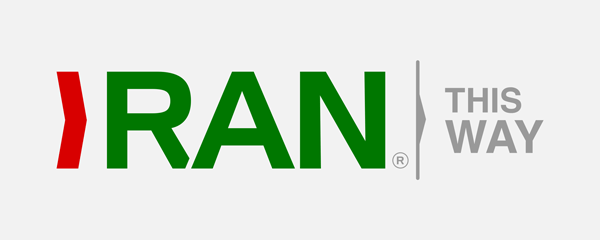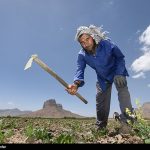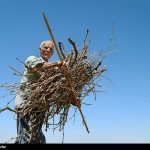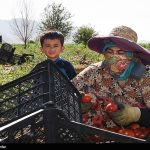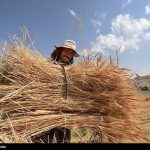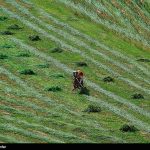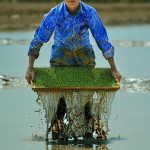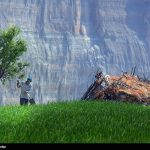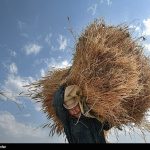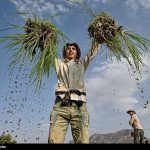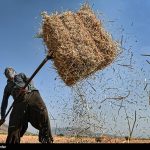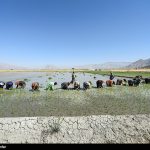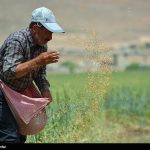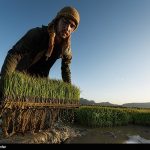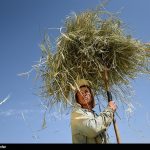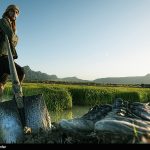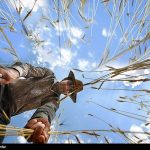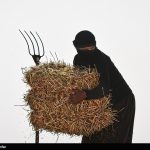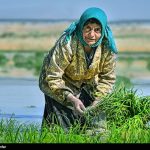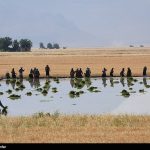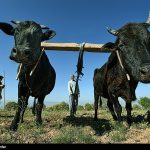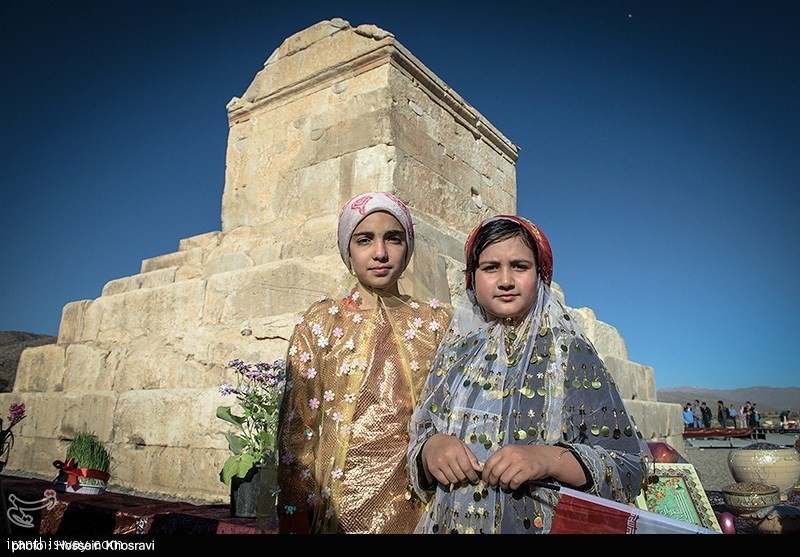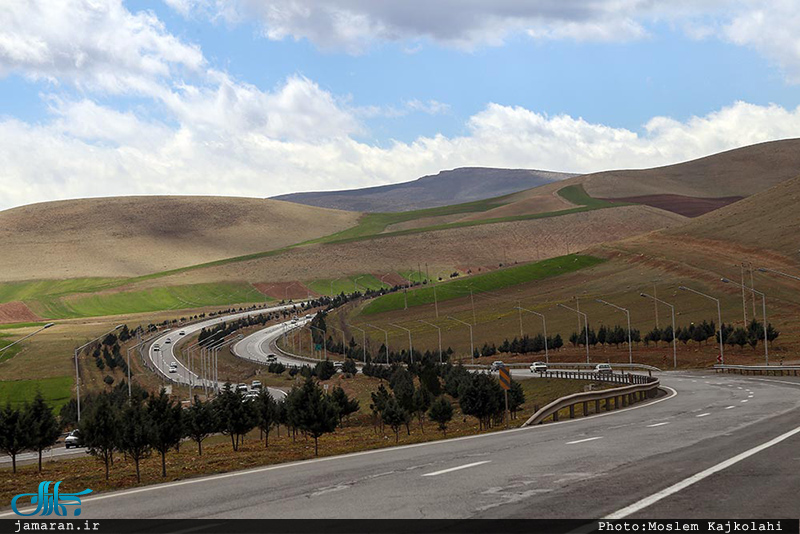Farmers in Iran’s southern province of Fars still use traditional non-mechanized agricultural methods./ Photo: Tasnim
Iran agriculture in Modern era
Modern agriculture in Iran dates back to the 1820s, when Amir Kabir, the Chief Minister to Naser al-Din Shah and a symbol of reform and modernism in Iran, undertook a number of changes to the traditional agricultural system. Such changes included importing modified seeds and signing collaboration contracts with other countries. The first agricultural school was founded about a hundred years ago and the Agriculture Bank was established in 1933. The Ministry of Agriculture is currently overseeing and implementing the government’s policies in the agricultural sector.
Of the 162.2 million hectares of land in Iran, approximately 19 million hectares is agricultural land. This constitutes 12% of the country’s land area. The agricultural sector in Iran currently constitutes 13.9% of GDP and agricultural products form about 30% of Iran’s non-oil exports. According to the Food and Agriculture Organisation (FAO), Iran ranks amongst the top 7 countries in producing 22 important agricultural products: it ranks first in pistachio production, second in date production and fourth in apple production worldwide. It is also the twelfth largest producer of wheat and had the second highest production increase after Argentina in 2010. The value of agricultural production increased by 20% in the Iranian calendar year 1389 (ending March 2011) and agricultural exports rose by 30% in comparison to the previous year.
More About Iran Agriculture
FAO
